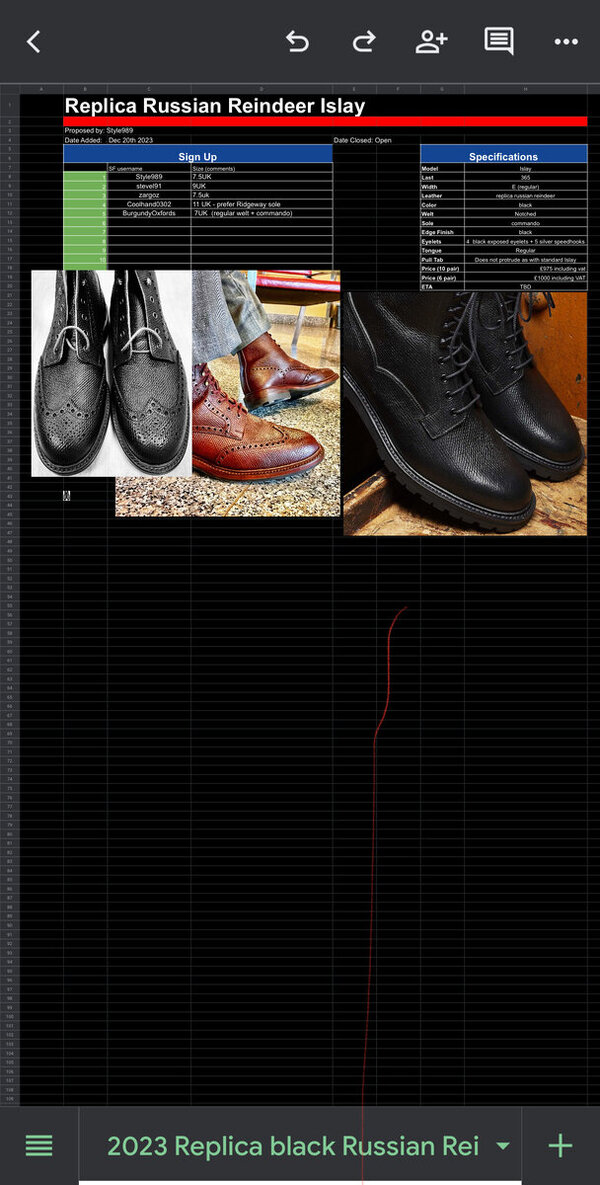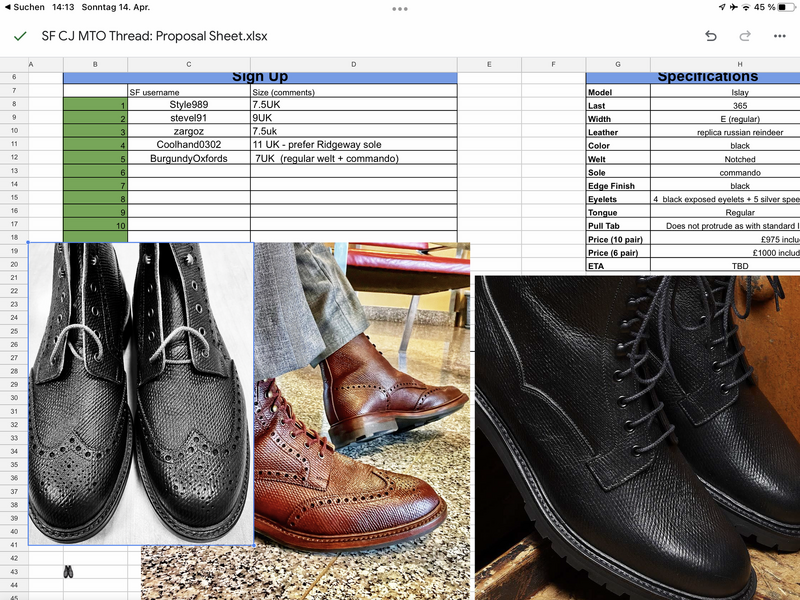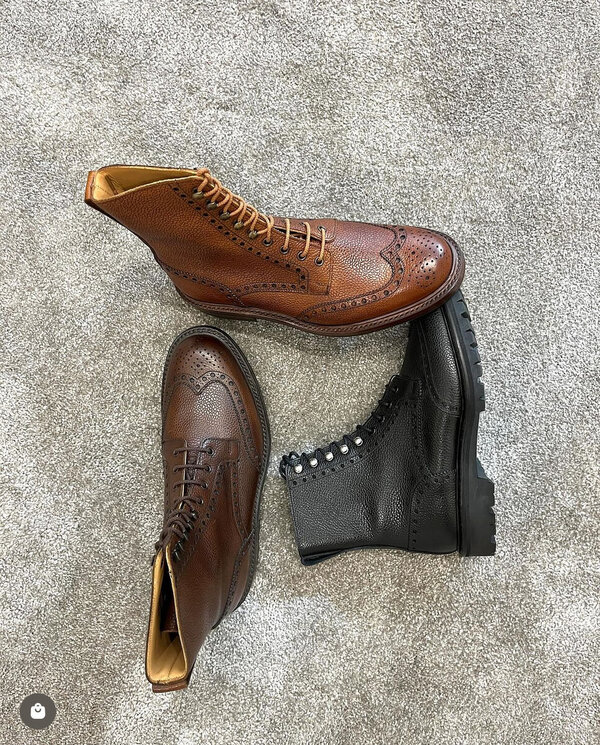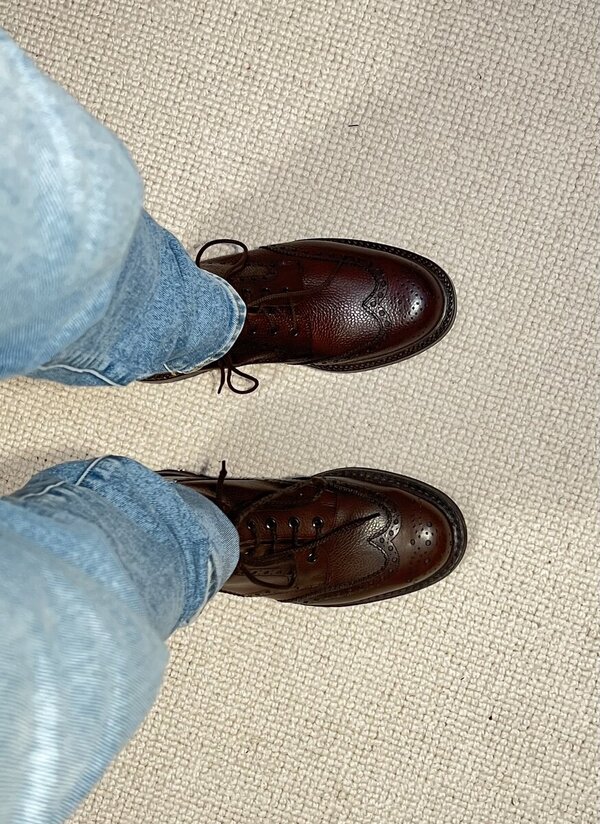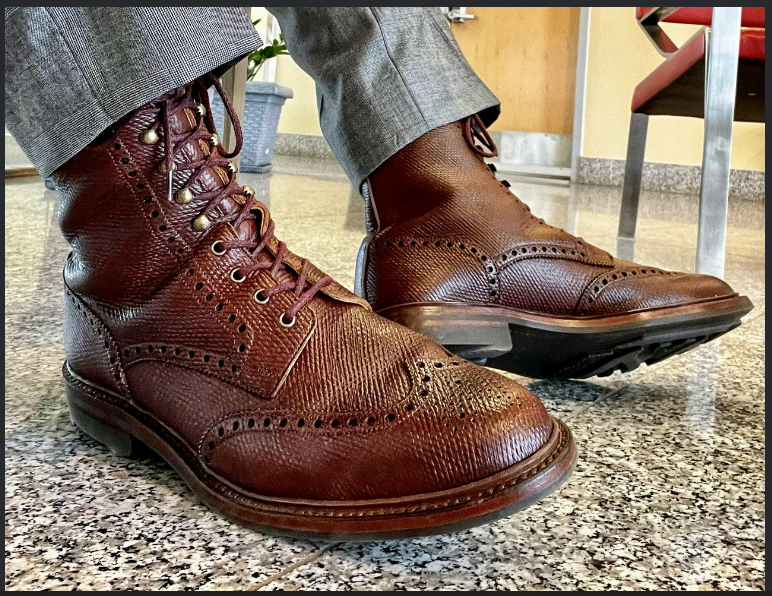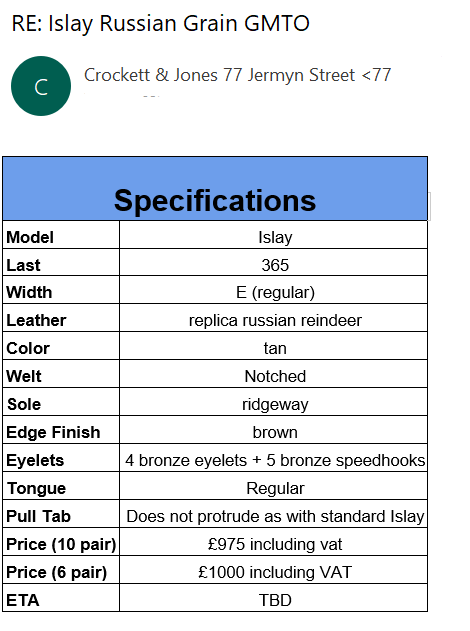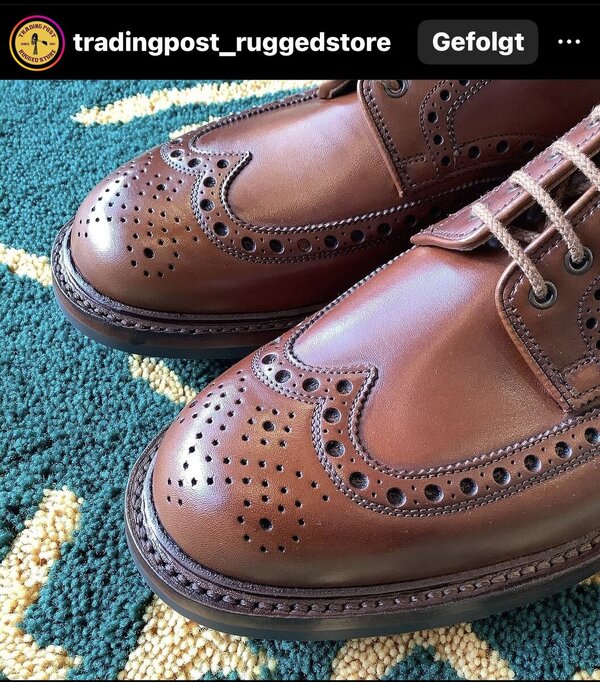Isbister
Senior Member
- Joined
- Aug 30, 2013
- Messages
- 310
- Reaction score
- 69
Don't overlook the fact that, like all the Northampton boot and shoe companies, they export a great deal of what they make. In that respect, the fall in sterling translates into a greater profit margin, which should easily offset the higher input prices of raw materials such as cordovan (or French calf).I do not discount your points. Mine were just a hypothesis. But to your point on the Pound/Dollar. While 7% doesn't seem like a lot, but it could be very relevant when your margins are thin due to inefficient use of factory resources. The drop in the GBP overall has taken it to an approximately 30 year low, which is hard to ignore.
True that full pull out would not occur until 2019 at the earliest, but the British Central Bank has already cut interest rates, while the US has increased rates, and there are predictions for further hikes this year. Which will further increase the strength of the Dollar relative to the Pound.
Who is to say whether C&J has taken all of these things into account, but I'm fairly sure they are not completely ignorant of them either.
Overall the most likely reason is, as you state, a "perfect storm" of factors.
Far from making 'inefficient use of factory resources', they all seemed to be working flat out when I visited, two or three years ago. Not that the factories themselves are ideal. Edward Green's and G&G's are the only British shoe factories that are in any way modern. Most are little changed since the Goodyear machines were installed in the 1880s. But the fact that they are working flat out may be an inhibiting factor in taking on rather fiddly GMTO orders, which in the scheme of things probably are almost a bit of an irritant.

